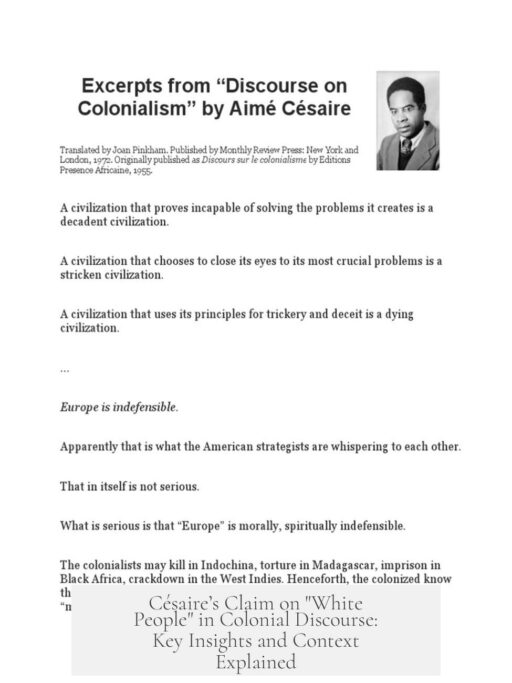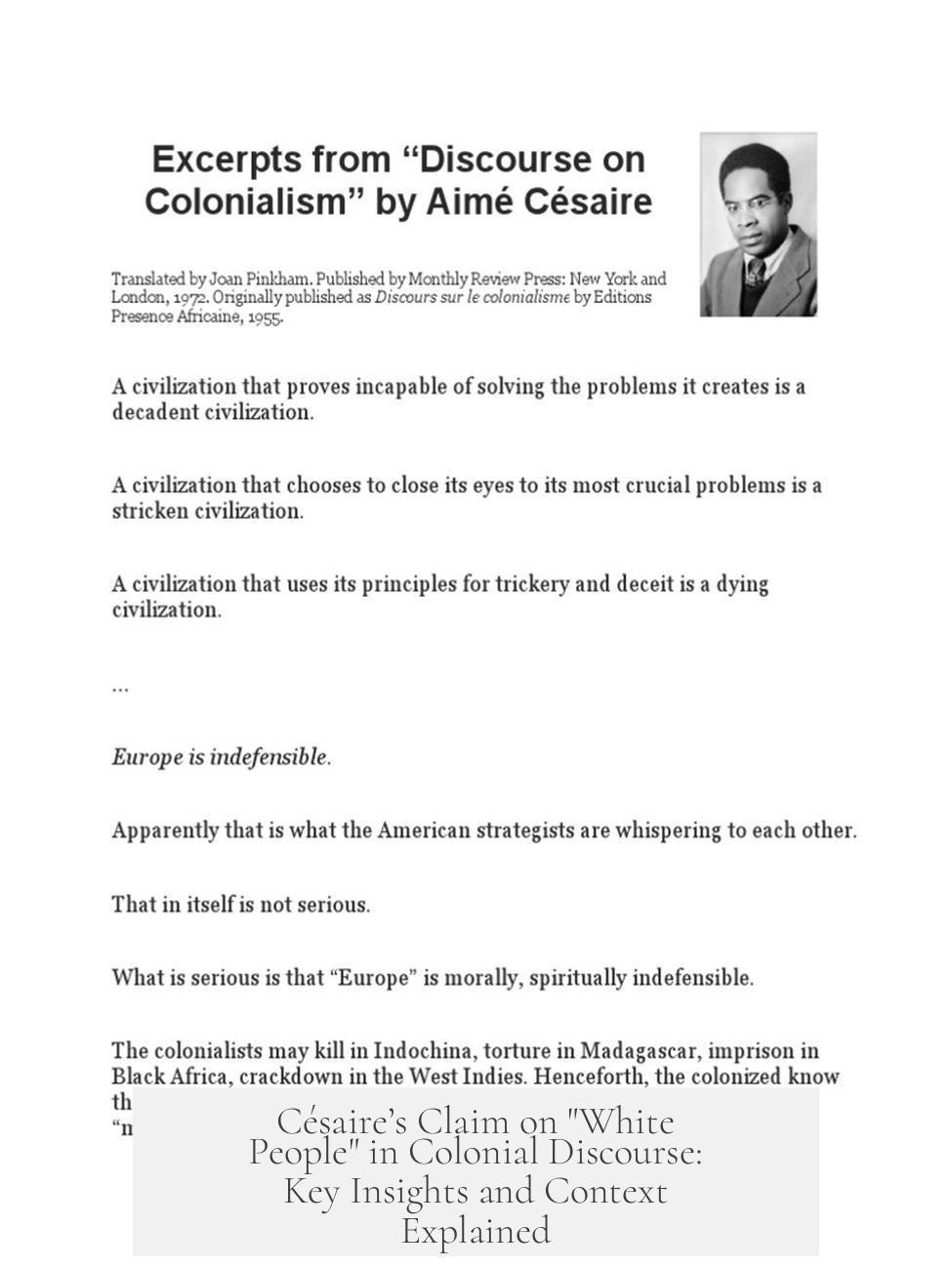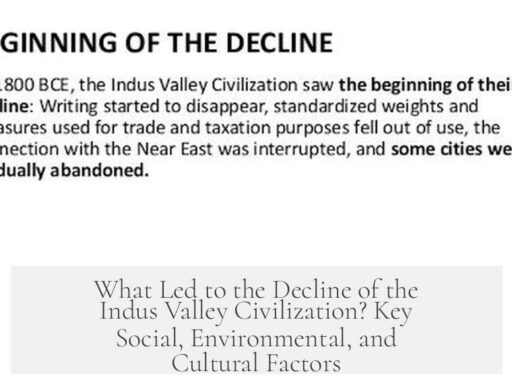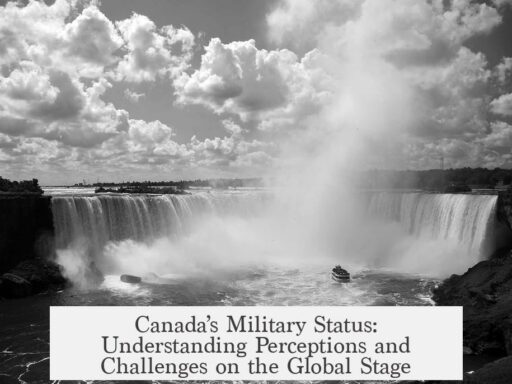In Aimé Césaire’s Discourse on Colonialism, the claim about “white people” does not equate whites with Jews or assert that Jews are white. Instead, Césaire argues that Europeans were complicit in forms of brutality and dehumanization—such as Nazism—that initially targeted non-European colonized peoples before turning inward.
The passage often quoted states: “…it is Nazism, yes, but [before] being its victim they [Europeans] were its accomplice […], because, until then, it had been applied only to non-European peoples.” This clearly focuses on colonial violence Europeans perpetrated or tolerated against non-European populations before suffering similar oppression in Europe. Césaire’s point is that the structures that enabled Nazism abroad first flourished in colonies.
This framework highlights how race is not simply a matter of fixed biological traits like skin color. Césaire sees race as a social construct developed within colonial contexts to justify exploitation and violence. His critique shows how racial categories serve mainly economic and political ends, extending beyond simple distinctions like white/non-white or Jew/non-Jew.
Moreover, Césaire’s discussion of Nazism aligns with comparisons others have made between colonial repression and Nazi methods. The repression of freedoms, use of secret police, and systemic imprisonments were tactics used in both colonial rule and Nazi occupation. Scholars such as Sven Lindqvist note how the genocidal policies later associated with the Holocaust were foreshadowed by colonial campaigns in Africa and elsewhere.
Regarding Jews and their racial categorization: the question of whether Jews constitute a race or count as white has long generated debate. Antisemitism historically racialized Jews as “other,” despite many Jews appearing visually “white.” Césaire’s focus, however, is broader than this debate. By “white people,” he refers more to dominant European identities shaped by class, geography, and social perception than an essential racial identity.
After World War II, many European countries resisted admitting large numbers of displaced Jewish survivors. This showed persistent antisemitism and discomfort with integrating poor, often Slavic Jewish refugees. Jewish identity in Europe has been complex: many Jews lived integrated lives, sometimes enjoying social privileges, sometimes experiencing persecution. This complexity shaped how whiteness and European identity functioned socially and politically.
Thus, Césaire’s statement must be read in the colonial and historical context. He does not conflate Jews with whites. Instead, he underscores how Europeans historically legitimized oppressive race-based systems abroad before facing their own consequences under Nazism. His analysis focuses on the systemic racialization stemming from colonialism, not on a simplistic ethnic or racial equivalence.
| Topic | Key Césaire Passage / Point |
|---|---|
| Europeans and Nazism | “Until then, it had been applied only to non-European peoples.” |
| Race as Social Construct | Race created for economic, political control beyond skin color. |
| Colonial Rule and Nazi Methods | Gestapo and police state reflect empire’s governing tactics. |
| Jews and Race Debate | Jews racialized despite visual whiteness; complex identity. |
| Post-WWII European Attitudes | Reluctance to admit Jewish refugees revealed persistent antisemitism. |
- Césaire’s claim is about European complicity in colonial violence before Nazism.
- “White people” refers primarily to European identities shaped by class and geography.
- Race is understood as a tool of colonial oppression, not fixed biology.
- Jews are not conflated with whites in Césaire’s passage and arguments.
- The colonial context is crucial for understanding the origins and dynamics of racialized oppression.
Césaire’s “White People” Claim in Discourse on Colonialism: Am I Missing Something?
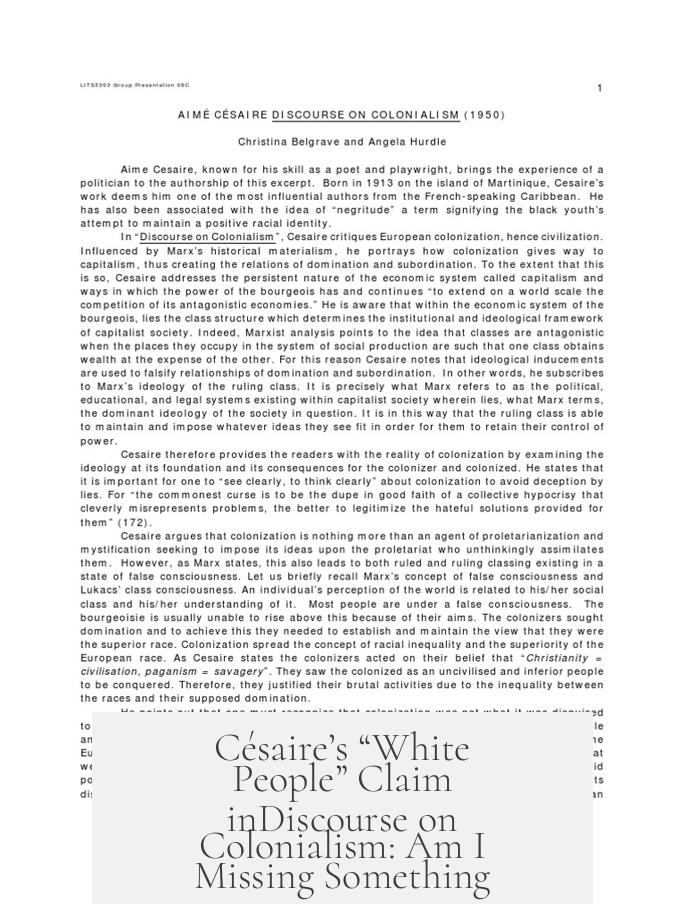
When Aimé Césaire talks about “white people” in his Discourse on Colonialism, many readers wonder: is he lumping Jews in with white Europeans? Or is there more nuance hiding beneath the surface? The straightforward answer is no—Césaire does not equate Jews with “white people” in the passage often quoted. Instead, he lays bare how European colonial violence against non-European peoples set the stage for the horrors of Nazism, making Europeans both accomplices and later victims.
Let’s unpack this claim carefully, piece by piece, to understand what Césaire really means, and why this distinction matters.
What Does Césaire Actually Say About “White People” and Nazism?
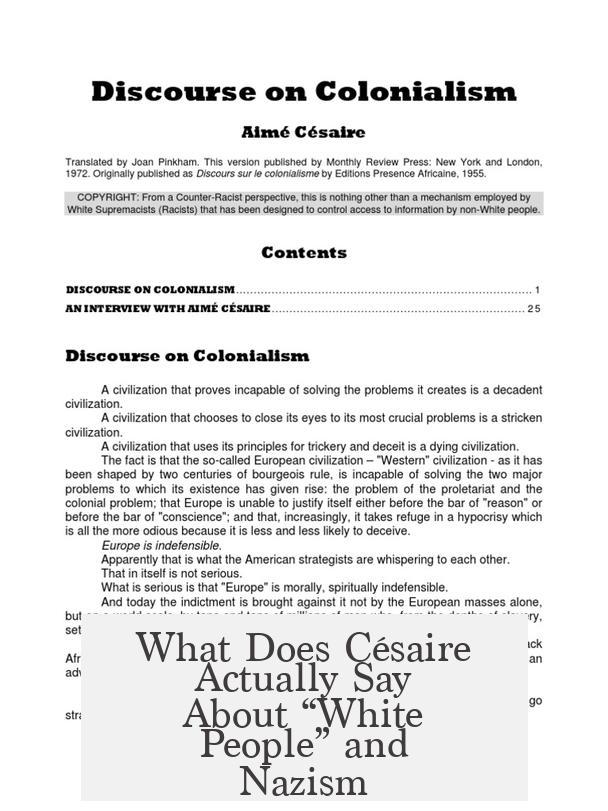
In his 1950 text, Césaire writes:
“It is Nazism, yes, but [before] being its victim they [Europeans] were its accomplice. Before it was inflicted on them, they absolved it, shut their eyes to it, legitimized it, because, until then, it had been applied only to non-European peoples.”
Notice the key phrase: “appliqué qu’à des peuples non européens” — that is, applied only to non-European peoples. He’s not talking about Jews, Roma, or other minorities in Europe here. He’s highlighting the colonial context. Europe inflicted brutal oppression, violence, and even extermination on colonized peoples—Africans, Asians, indigenous populations—long before Nazism terrorized Europeans.
The implication? Europeans first tolerated and enabled brutal racial violence overseas, then encountered its terrifying mirror at home under Nazi rule. They were at once beneficiaries and victims of systemic racial violence.
Race as a Social Construct: The Deeper Context
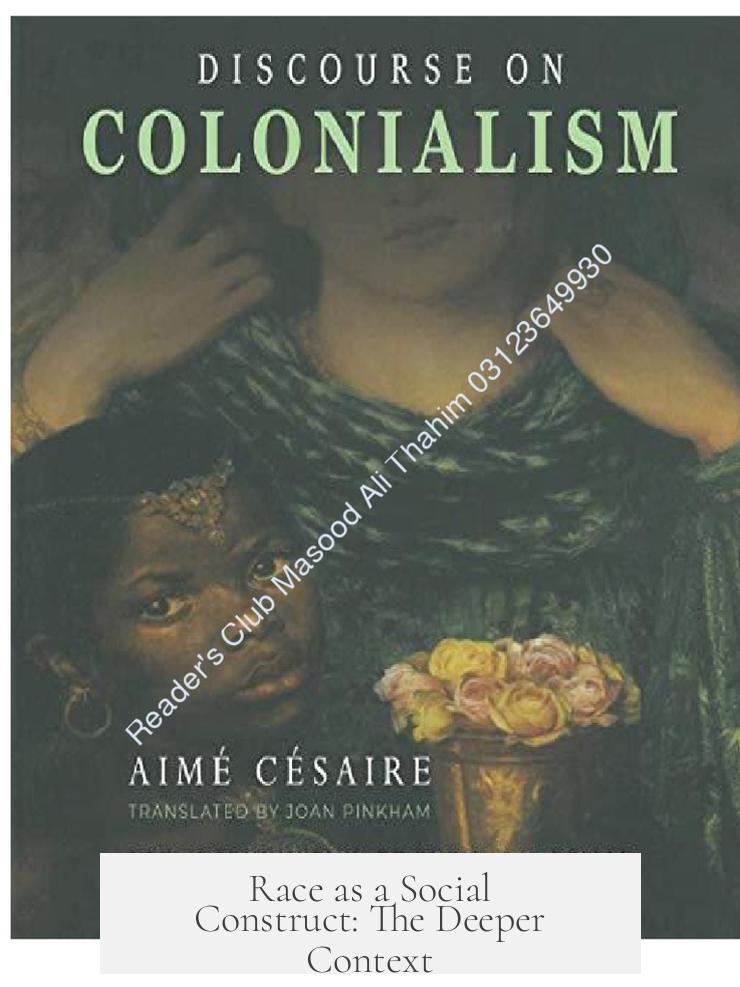
Césaire’s critique goes beyond naming offenders and victims. He dives into how race itself is constructed. It’s not biology, but a tool created to divide, exploit, and justify economic gains through colonial domination.
He articulates this process: once societies start racializing people for power and profit, it spirals, encompassing more groups and crisscrossing geographies. This broad racialization extends even to European minorities such as Jews, though the quoted passage does not explicitly mention them.
Why does this matter? Because understanding race as a fluid, historically constructed system reveals how ideas about “whiteness” and “otherness” shift with context—class, location, and perception all play a role.
Colonial Rule and Nazi Occupation: Two Sides of the Same Coin?
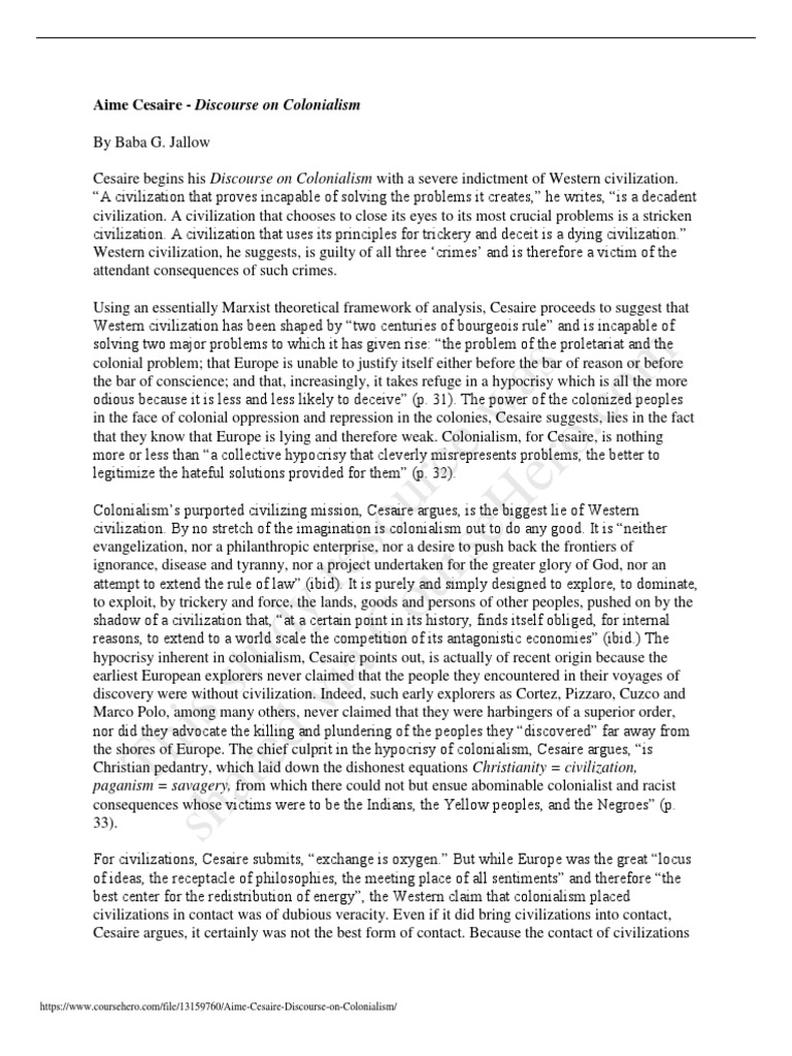
Césaire draws a direct parallel between the police states of colonial empires and Nazi Germany’s oppression. Gestapo tactics, mass incarceration, suppression of freedoms—these were all tools honed in colonial settings long before the Holocaust. Scholars like Sven Lindqvist in Exterminate All the Brutes echo this viewpoint.
Similarly, the African-American writer Zora Neale Hurston also remarked on the uncanny resemblance between colonial subjugation and Nazi tyranny. They show how colonial precedents laid the groundwork for the mechanisms Nazis later employed.
So when Césaire points to Europeans as “accomplices” in Nazism’s rise, he’s exposing a shared lineage of violence starting in the colonies, not simplifying the complexity of European racial hierarchies.
The Complex Debate: Are Jews “White People”?
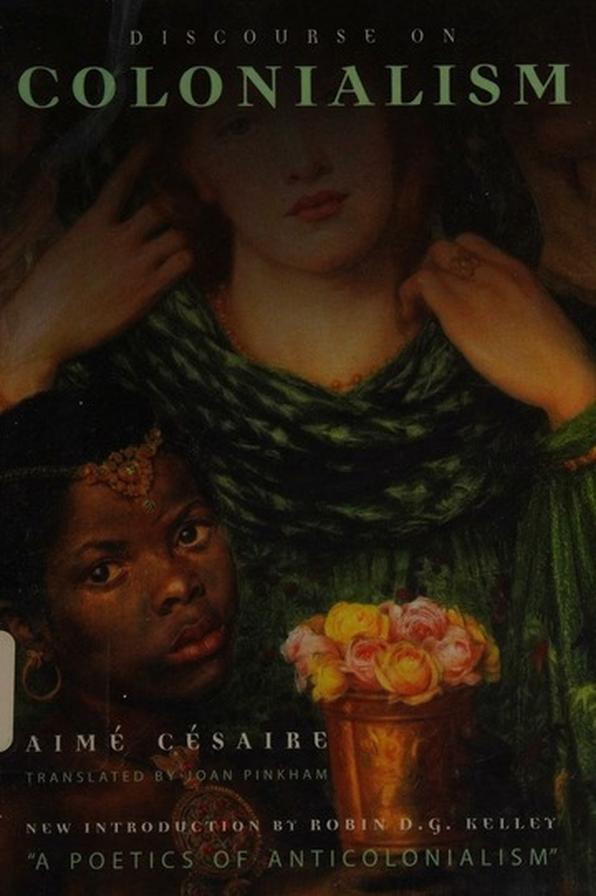
Here’s where history twists the plot. Antisemitism historically racializes Jews as “other,” even when many Ashkenazi Jews appear visually white. The question of whether Jews are “white” is complicated, tangled up in location, class, and social perception.
Post-World War II Europe paints an uneasy picture: even amidst widespread sympathy for Jewish suffering, many countries were reluctant to accept poor, displaced Jewish immigrants, often from Slavic regions. This reluctance reveals persisting antisemitic undercurrents layered beneath politics and social attitudes.
Importantly, many Jews had integrated into European society, mixing with general populations, assuming various social classes and roles. This integration doesn’t erase their distinct experiences but adds a layer of complexity to any “white” label.
Césaire’s reference to “white people” likely points more toward geographic and class-based identity than a simple racial category. His focus remains the ripple effects of colonialism’s racial logic impacting European politics and society.
Why Does This Distinction Matter?
Missing this nuance can lead to misunderstanding Césaire’s project. If you think he groups all Europeans or minorities as “white people” or conflates Jews with Europeans in the passage, you miss the sharp critique of colonialism’s foundational violence.
His goal is to remind us that Nazism did not spring out of nowhere. It echoed, mutated, and reflected colonial brutalities first carried out on “non-European peoples.” Europeans had a role as both perpetrators overseas and victims at home. Recognizing this layered history complicates the usual narratives about racial identity, complicity, and victimhood.
What Can Readers Take Away from This?
- Keep context front and center. Césaire’s passage targets colonial violence and complicity, not an oversimplified “white vs. non-white” binary.
- Understand race as a flexible construct. It changes over time, shaped by politics, economics, and perceptions.
- Recognize colonial precedents. The horrors of Nazism share roots with global oppression and conquest practiced by European powers.
- Examine your own assumptions. When reading claims about groups or identities, dig into the context and definitions used.
To wrap up, Césaire’s “white people” claim in Discourse on Colonialism is much more than a simplistic racial label. It’s a profound diagnosis of how colonial history seeded oppression, forged racial categories, and set Europeans on a path from oppressors to victims. If you feel like you’re missing something, it might be the rich, layered complexity behind Césaire’s words—and now, you’re equipped to appreciate it fully.
